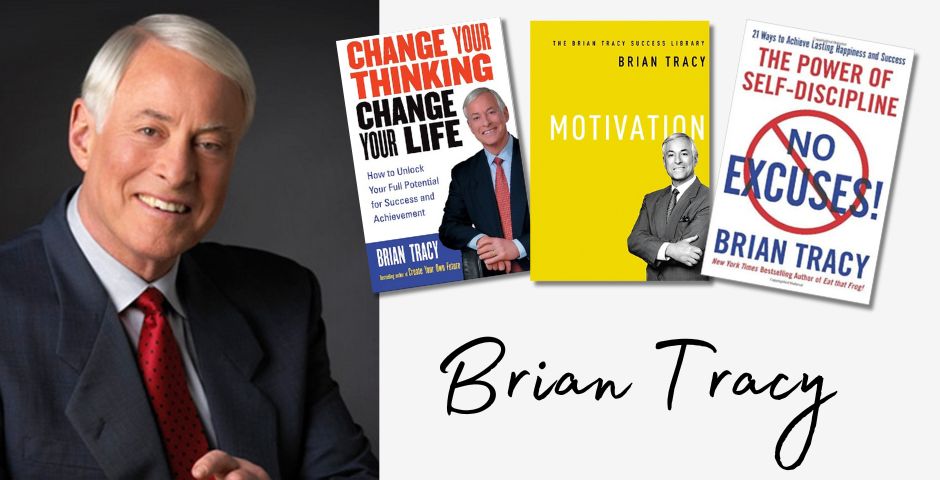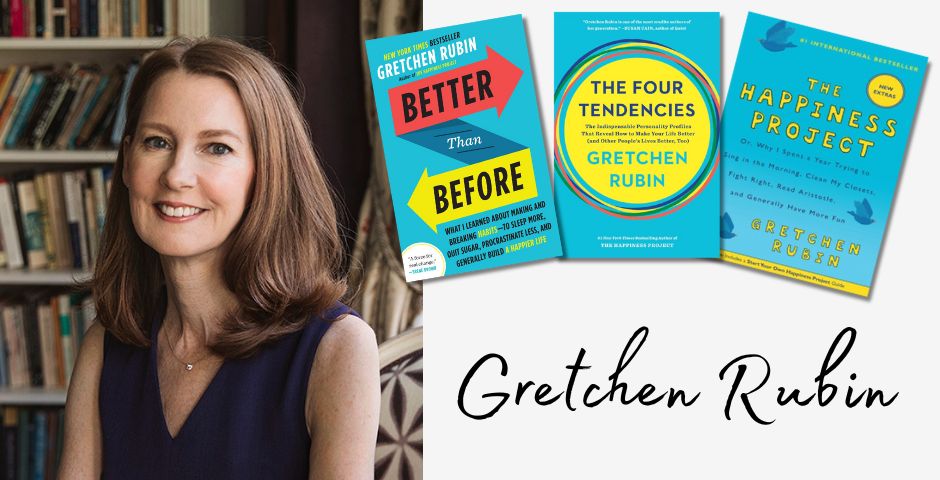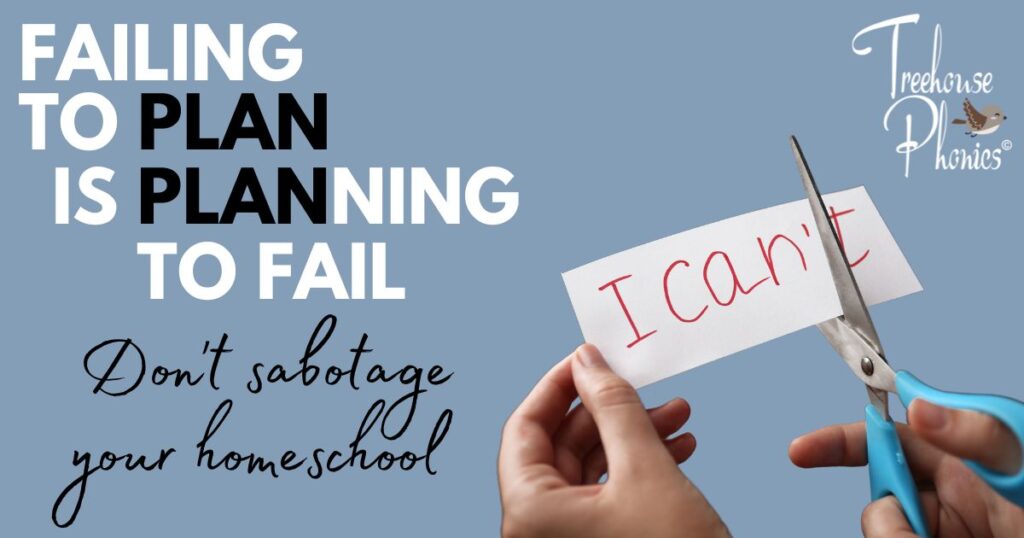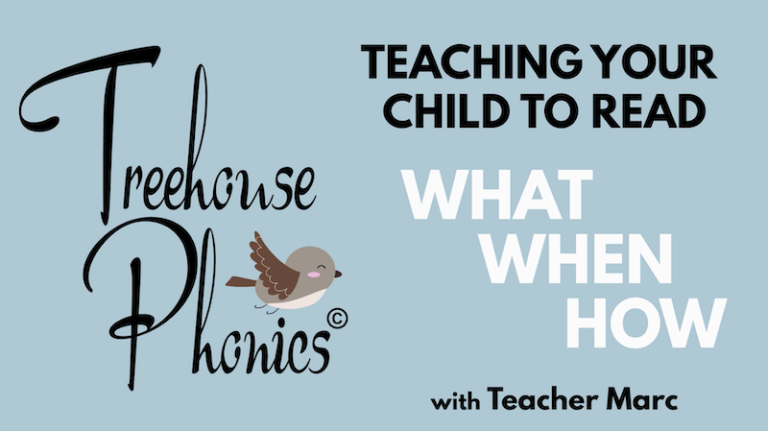Failing to plan is planning to fail. I’m sure you’ve heard the expression once or twice. You have embarked on one of the most crucial endeavors a parent could possibly take; homeschooling! It took a lot to get to where you are now. At this point, failure is NOT an option. Many of you have pulled your child from school or never sent them there in the first place for reasons that I am sure, justify your actions. Don’t get me wrong. We are not trying to dodge every single failure that comes our way. Learning valuable lessons from failures builds character and can even guarantee a measure of success in the long run. But, why on God’s green earth would anyone plan to fail? I guess you may never know because today, you are about to learn how to plan for success!
I’ve assembled not one but SIX heavy hitters, leading experts in self-discipline, productivity, and motivation to help you optimize your mornings and create an environment conducive to supercharging your homeschool.
Ready?
Let’s GO!
Establish a Consistent Morning Routine

“By establishing a consistent morning routine, parents can create a sense of structure and stability for themselves and their children,” – Dr. Laura Markham, a clinical psychologist specializing in child development.
My father never set an alarm clock. He didn’t have to. Ever since I was a child my internal body clock woke me up at 5 am sharp and has faithfully done so for the last 52 years. Each morning I would get up and start my day with a very animated recreation of my favorite scenes from Star Wars. Down the hall, it was only a matter of time before my father heard my laser sounds, roaring rocket swooshes, and quoting lines like “Laugh it up Fuzzball.” and “It’s a trap!” I was a regular Steven Spielberg in there, directing scene after scene in my fortitude of sci-fi adventure and my father never once opened the door to tell me to put a sock in it. I guess he figured it was a little less jarring than what I could only describe as a WWII air raid siren coming from my fathers’ Radio Shack clock radio. That only happened once. It never worked right after it was swiftly silenced by his fat hairy fist.
The point is, for me, getting up early was easy and it seemed to benefit my family for years. No one was ever late for school or work and we seemed to accomplish a lot in a day. Only recently, my internal clock has begun to break down. For the first time in my life, I can sleep in until 7 am and on those days, I feel like I’m chasing the mirage trying to make up for those lost two hours. Only now can I empathize with those who have trouble getting out of bed, let alone getting an entire family bright-eyed and bushy-tailed to start a new day with zip, vigor, and spring in one’s step. I was so much more productive with that early start and realize that I’d been taking this gift for granted for almost half a century. It’s not only about physically climbing out of bed a little earlier than you’re used to but also doing so consistently and taking the time to engage in activities that promote good mental health and nutrition for you and your whole family. Believe it or not, even making the bed is good for your self-esteem.
Set Clear Goals and Prioritize Tasks

According to Brian Tracy, a renowned productivity expert, “Goals allow you to control the direction of your life.”
With this in mind. I want you to focus on WHEN. Some people might advise you to take a few moments each morning to set clear goals for both you and your children for the day ahead and the days to come. I disagree. Set goals the night before, maybe during supper time before the brain gets a little foggy from having to digest a heavy meal. One very important reason for this is that this new goal will be one of the last things you think about and meditate on before falling asleep. Chances are you will pick up right where you left off the following morning. With a fresh night of rejuvenating sleep, your mind is ready to tackle the goal you discussed the night before. Waking up with a purpose is a beautiful way to start the day and fosters self-esteem, self-worth, and builds excitement for the day’s activities. Make sure to break down larger tasks into manageable steps and prioritize them based on importance. Starting the day with a clear vision of the tasks at hand will kick your homeschooling in high gear and have your child reaching new milestones in no time!
Create a Distraction-Free Environment

To enhance productivity during homeschooling, it’s essential to create a distraction-free environment. “Designate a specific area in your home for learning,” advises Marie Kondo, an organizational expert.
Have you ever been inside an apartment in Tokyo are taken on a virtual tour of one online? The square footage of some of these places has forced tenants to make maximum use of their living space in some very creative ways. Shelving units that turn into beds. Kitchen tables that fold into the wall. Insanely clever ideas borne from the necessity to keep clutter to an absolute minimum. Now, if I’m going to take advice about clearing space and decluttering my home, I’m asking the Japanese first. Thankfully, you don’t have to travel to Japan to get that advice. Marie Kondo, the super queen of neat and tidy has you covered.
Let’s give this idea some practical application for your homeschool. It goes without question that anything that could distract a child from learning should be taken out of the room. This includes pets. But, have you given any thought to the mess YOU make as an instructor? Those flashcards and manipulatives are filling up every square inch of the table and if you’re knee-deep into an arts and crafts session, the clutter will compound pretty quickly. Here are a few things that might help.
With the flashcards, ensure you only use the ones you will need for that lesson. Also, store cards in a way that they are easily filed either by word family, theme, game-based, and so on. If they have a designated place of storage, then retrieving what you need and placing them back after the lesson or even during the lesson will be a swift and easy transition.
When you store your textbooks, flashcards, games, art supplies, and other manipulatives, spend time helping your child to see the logic and general arrangement and how to retrieve and store items as needed.
Help your child to understand that the removal and any object that might cause a distraction is in no way whatsoever a form of punishment or disciplinary action. Even as an adult, I need to put my guitars out of sight when I need to double down and get work done, otherwise, I can spend three to four hours practicing without blinking an eye.
If possible, assigning a designated area for teaching at home will greatly increase the sense of classroom style ownership and will speed up the learning process as materials will be within reach and less time will be spent clearing a room from distractive toys, pets (if necessary), and anything that will draw their attention away from your stellar performance.
Practice Mindfulness and Gratitude

Before diving into homeschooling activities, dedicate a few moments to mindfulness and gratitude. “Cultivating a gratitude practice can shift our mindset from lack to abundance,” explains Tony Robbins, a renowned motivational speaker.
How is this planning? Does one plan to be grateful? Well, think about it for a moment and picture a large family sitting around a table for a Thanksgiving dinner. Maybe even your family! At one point, tradition dictates that each family member takes turns telling one another what they are particularly grateful for. When is Thanksgiving? Once a year. If that is the only time we give voice to the things we are thankful for, we need to PLAN more occasions for doing so. It’s good for you. Physically. Mentally. Here are five things that will be very hard to do while in a state of blissful gratitude.
- Complain and Criticize
- Hold grudges
- Want what you don’t have (greed, envy)
- Take things for granted
- Ignore acts of kindness
We want to encourage our children to express their gratitude and incorporate short-session mindfulness exercises into your homeschooling. How do we ensure that will happen? We buy out the time and plan for it! Make it a part of your daily routine. How hard would it be for anyone to teach another human being if that student was critical, unforgiving, greedy, ungrateful, or dismissive? If learning to be grateful helped to clear these negative emotions off the table, then gratitude should be considered a core subject.
Embrace Flexibility and Adaptability

“Embracing flexibility and adaptability is crucial for maintaining a positive attitude,” advises Gretchen Rubin, an author specializing in habits and happiness.
Resilience is the word of the day here. It’s how you view your current situation or setback and how you are going to bounce back. I tell you now, it has everything to do with attitude. Not all of us have the fortitude to face a derailment in our schedules without a safety net or plan B. You don’t have to spend your days and sleepless nights thinking of everything that might go wrong and assemble contingency plans in order to land on your feet each time. Being flexible and adaptable isn’t about being clairvoyant; able to foresee every upcoming hiccup and bump in the road.
Does your car have any idea what you are going to put it through when you take it out of the driveway each morning? It knows nothing and yet it is designed with a suspension system that should cushion rough terrain and that power steering comes in handy when you have to maneuver 3 tons of steel to keep yourself from hitting other motorists, flying off a mountain, or slamming into a moose or two. Your vehicle may have come with safety and comfort features, but the rest is up to you and how you would react behind the wheel.
With homeschooling, you can plan for a comfortable ride. A well-lit room, minimal distractions, comfy furniture, and so on. Maneuverability is the way you move through the curriculum. That can be preplanned as well. But, the biggest thing to keep in mind is the flexibility and adaptability that makes you and your child resilient to life’s curve balls. Sometimes you’ve got to yank the steering wheel in the opposite direction and other times you might need to put it in park, take a breath, and collect your thoughts. It’s tough to think that resilience and flexibility go hand in hand but when you find that balance you will probably emit some kind of Zen-like glow.
Incorporate Breaks and Physical Activity

“Taking regular breaks and incorporating physical activity can improve focus and productivity,” suggests Dr. John Ratey, an expert on the brain and exercise. Schedule short breaks throughout the day, encouraging movement and stretching exercises for both yourself and your children.
When I had a class of restless children, the worst thing I could do was try and calm them down and continue with my lesson. It was clear that we needed to release some of that pent-up energy. So, it was pencils down, shoes on, going outside, and running like the wind! It only took five minutes to tucker them out yet they were still fired up and alert to learn from all that increased oxygen flow to the brain.
You need these little breaks. Your child doesn’t need to run a marathon between Math and Science lessons. Even some simple stretching to shake things up and a few jumping jacks might loosen the ants in the pants. I found the best way was to incorporate songs along with the physical activity. Children will grove to the point of exhaustion if they like the tune you’re playing. Make music a part of your planning. Physical activity will come naturally.
Conclusion
By implementing these powerful pieces of advice from experts in self-discipline, productivity, and motivation, you can plan your days for homeschooling success. Create an environment that sets the tone each morning with a positive outlook for the day’s events. Learn to balance consistency with setting clear goals, creating a conducive environment, practicing mindfulness and gratitude, and infusing flexibility to ensure that you and your child will remain resilient, alert, and ready to succeed!
This article is a deeper dive into one of the ten steps from my widely popular 10 Steps to Kickstart Your Homeschool article. You’re welcome to check it out by clicking the link below and by all means go down the rabbit hole and read more helpful tips from some of my other posts. See you lovely people next time!




